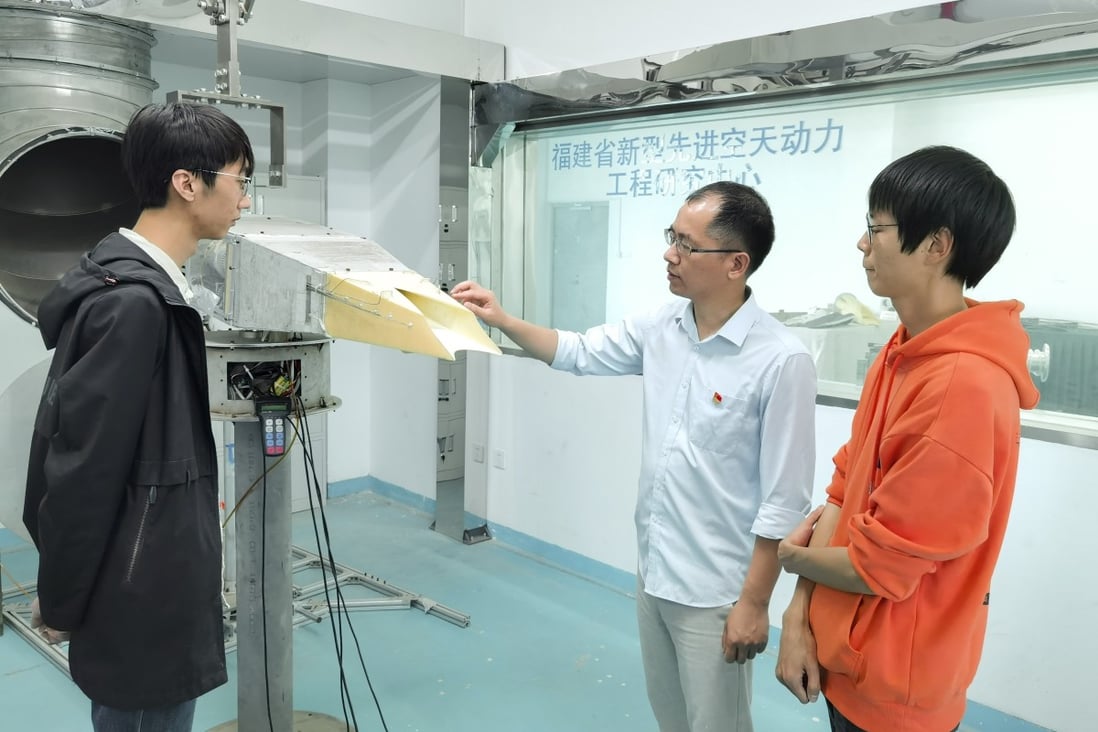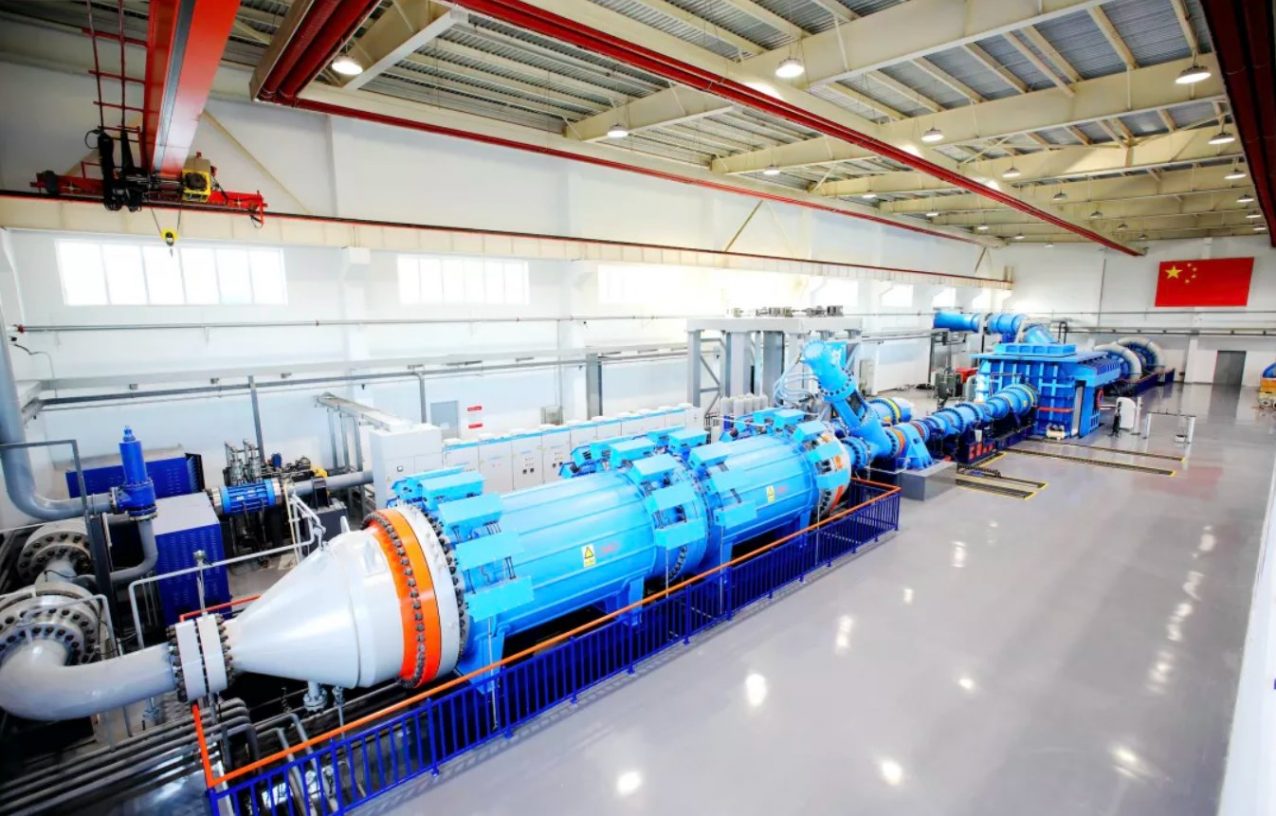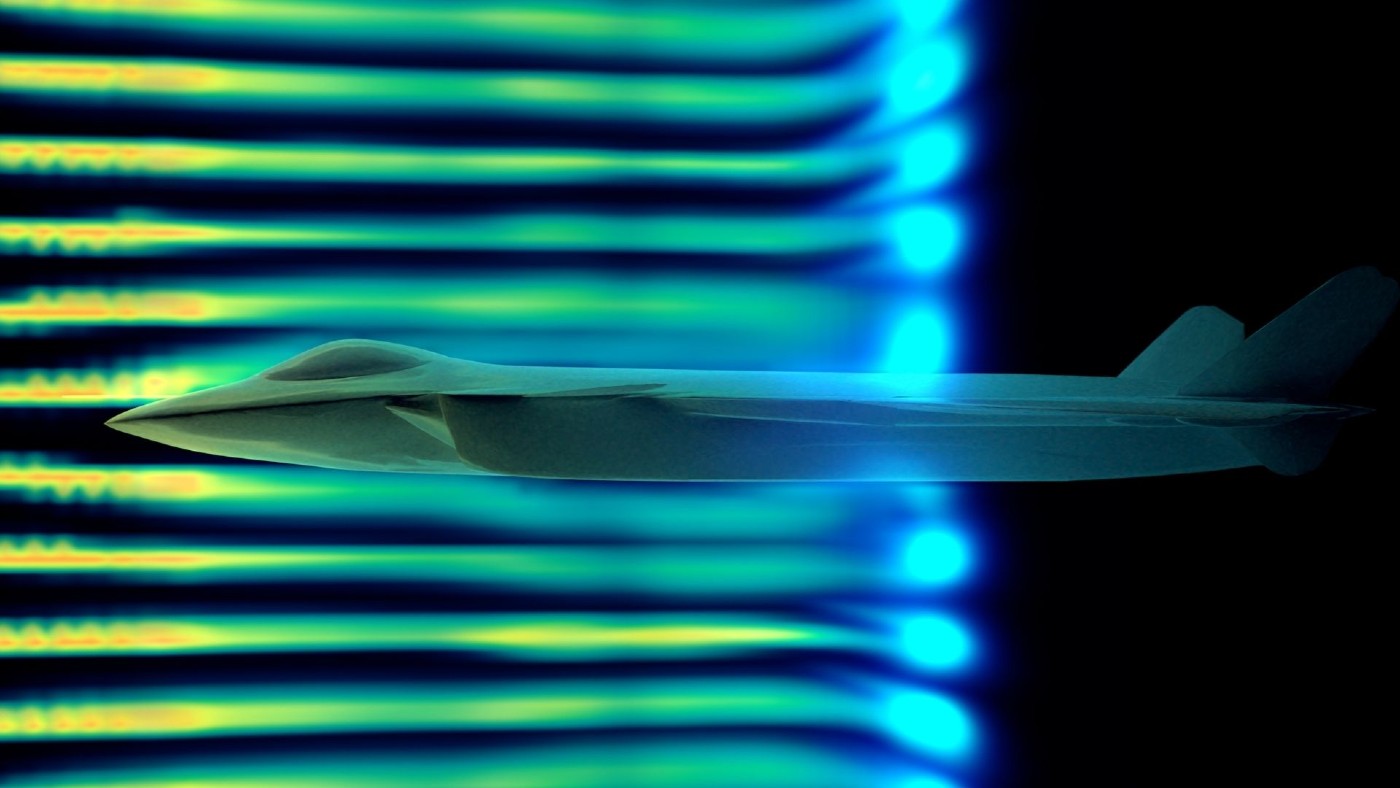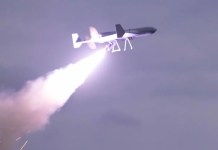In July this year, China completed the initial testing of a small hypersonic prototype aircraft Nanqiang No. 1, for civilian use, paving the way for the development of a full-sized hypersonic aircraft. Now, Chinese scientists have made a key discovery that would purportedly make hypersonic travel cheaper.
World’s 1st Bomber Of 21st Century — B-21 Raider Set To Be Unveiled By US Air Force Before The End 2022
India Looks To Sell LCA Tejas To ‘NAM Ally’ Egypt; Expand Military Ties & Compliment QUAD & I2U2 Grouping
Chinese researchers recently claimed that by using an air-breathing engine that burns a mixture of ethylene and coal powder, they could significantly reduce the cost of commercial hypersonic flight.
The researchers reported their findings in a paper that appeared in the peer-reviewed Acta Armamentarii journal’s September 15 issue. In one ground test, an experimental device produced shocks traveling at more than 2km per second, or six times the speed of sound, by using the inexpensive mixture.
“Coal powder’s high energy density, safety, and low price give it a unique advantage when used as an engine fuel,” said the team led by Professor Weng Chunsheng at Nanjing University of Science and Technology’s national key laboratory of transient physics.
One of the most common byproducts of oil refineries is ethylene, and coal currently makes up the largest portion of China’s electricity generation. However, it is pertinent to note that China earlier went through an energy crisis due to a shortage of coal, a situation which has now been reversed.

The report, as aspirational as it is, does not mention China’s decision to cut the consumption of coal to reduce emissions. Chinese President Xi Jinping promised last year to strictly control coal use and start reducing it in 2026 to peak the country’s emissions of greenhouse gas carbon dioxide (CO2) before 2030.
That being said, experts have emphasized that the global economic slowdown might not allow China to phase out coal as pledged by the President. Against that backdrop, the claims made by Chinese scientists become significant.
Beijing-based scientists had earlier claimed that China was developing a hypersonic aircraft capable of transporting passengers anywhere in the world in less than an hour, as previously reported by EurAsian Times.
Another set of claims said that the aircraft would cut travel time from Shanghai to New York by 12 hours.

For China’s hypersonic program to achieve smooth, long-range flying at Mach 7, Weng and his colleagues are developing detonation engine technology. It is a propulsion system that uses detonation waves to combust the fuel and oxidizer mixture.
Notably, in May this year, Chinese researchers claimed that their air-breathing engine, which is propelled by inexpensive hydrocarbon fuel explosions, achieved stable functioning during a simulated hypersonic test flight.
China To Propel Hypersonic Flight On Coal?
The experimental coal-fired engine produces thrust through a supersonic explosion by pushing microscopic coal particles, each approximately the size of a bacterium, into an oxygen-filled chamber. Then, it ignites them with electric sparks.
The researchers stated that if the initial shock happens quickly enough, the air will be compressed, and further explosions will be caused, creating a strong and continuous push forward.
Owing to the engine’s incredibly quick detonations’ ability to transform more chemical energy into kinetic power, the team anticipates it will operate at least 20% more efficiently than contemporary jet engines.
It will be built to operate in a variety of situations, from airport takeoff to hypersonic cruises at near-space altitudes.
The notion of employing coal powder as an engine fuel, according to Weng and his colleagues, was inspired by mine explosions, which may instantly unleash a tremendous amount of destructive force.
However, it’s challenging to ignite an explosion in a controlled manner. This is where ethylene comes in.
Since ethylene burns more readily than coal particles, which frequently don’t burn quickly enough to cause an explosion, the two combine to set off a series of detonations.
Weng’s team tested the coal-ethylene fuel mixture on the ground under difficult conditions that might occur during a flight, like a low electric charge and an excess or deficiency of oxygen. According to their published findings, the researchers discovered that the engine could any time and produce very quick shock waves.

Defense and Aerospace Analyst Girish Linganna told EurAsian Times, “Usually, ethylene is looked at when a propellant fuel is sought. This is due to its specific impulse and density. There are better yet costlier fuels that give a similar thrust but are denser.
So, the vehicle can either go long or use smaller fuel storage. Use of this fuel mix can be aimed at reducing costs as well as substituting limited resources with a more ubiquitous fuel.”
The idea of using coal to power hypersonic flight was first put up roughly ten years ago by Russian Academy of Sciences researchers, who also demonstrated that shocks could be produced using a coal powder and hydrogen mixture.
US research teams conducted additional research and developed a few physical models to describe the complex system. Researchers in several nations, including China, are looking at alternative energy sources to fuel future hypersonic travel business.
Besides China, the US is also developing hypersonic aircraft. Hypersonic planes have been on the priority list of the US military for quite a while now. Lockheed Martin’s SR-71 Blackbird was the fastest fighter aircraft ever built.
Now, the US military is looking to build its successor.
- Contact the author at sakshi.tiwari9555@gmail.com
- Follow EurAsian Times on Google News




